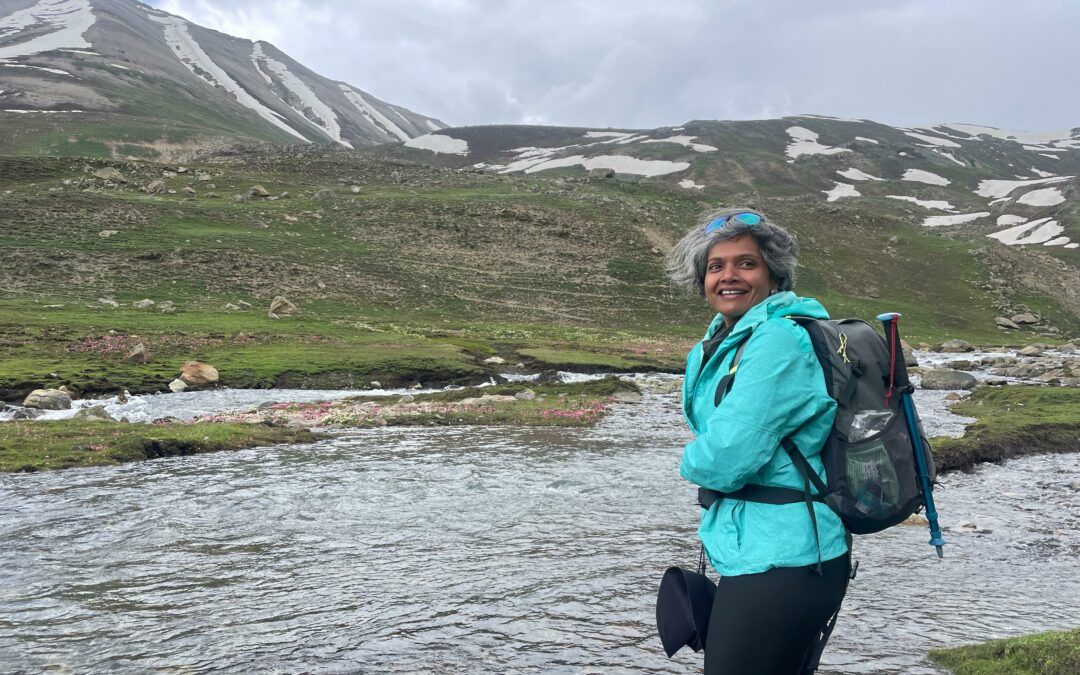Trekking is a challenging activity that needs a certain level of physical fitness.
To understand this in simple terms, if you haven’t grown up around hills and mountains, trekking will be challenging for you. Just like if you haven’t grown up around a water body or with access to a swimming pool, swimming as an activity will be a challenge. Doesn’t mean you can’t prepare for it. The beauty of the human body is that you can prep it for absolutely any form of activity. And when you prep your body for a particular purpose, your body will adapt to it – and you’ll reap the benefits in the form of performance.
Having worked in the health and fitness industry for a decade, I’ve seen coaches practice and teach different forms of fitness. I’ve also seen humans follow these coaches religiously with remarkable gains. It’s no new information that the fitness industry has expanded manifold too. Ranging from old-school eastern practices to western influences the kind of fitness program one chooses is an individual choice.
Although one’s idea and choice of fitness may be personal, when we’re training with a purpose, we need to assess what we are training for – is it for general good health, or to look good, be ripped for a modelling contract, or is it to play a sport. And if it’s to play a sport – what sport are we talking about. Fitness for a cricketer will be very different from that for a tennis player. And if we’re talking about fitness for a cricketer, a batsman will train different from a fast bowler. You catch my drift.
We’re talking about SPECIFICITY of training. What are we training for? You might be the fittest you’ve ever been – but the definition of fitness varies the moment we’re talking about a specific activity.
Hence, the need to understand fitness for trekking.
Fitness for trekking should revolve around the demands of the activity.
Physical Demands of Trekking
- 4 – 12 Hours of walking / day
- Multiple days of walking for hours
- Walking on consecutive days
- Ascent and descent on uneven terrain
- Carrying a backpack (5-15 kg)
- Strapping and unstrapping your backpack a few times in a day
Physical Demands of the Body for a Trek
- Strength (legs, back and core)
- Stamina (last for long hours at moderate pace)
- Balance (single-leg work on uneven terrain)
- Endurance (muscular and cardiovascular endurance)
Injury Prevention
Injuries are common in daily life – twisting your ankle while getting down a staircase, or nipping yourself while chopping vegetables. But injuries in any sport are better understood because we know what forces repetitively act on the body, and what injuries are most likely to occur – ankle twist, knee discomfort due to excessive descents, lower back pain, shoulder and neck stiffness from carrying a heavy backpack, etc. Hence, training to avoid common trek-related injuries is also equally important.
All things considered, you may be very balanced and flexible as a yoga practitioner, or you may have a physique that makes other envious. But it doesn’t guarantee you a comfortable trek.
Endurance-based resistance training program that targets the strength and muscular endurance of specific muscle groups, and improves stamina and balance. Speak to your coach about training for a trek – else ask us. We’re not boasting, but we’re full of it 🙂
Niti Pagdi
Founder, PinkBoots
CSCS (NSCA), CFL2

